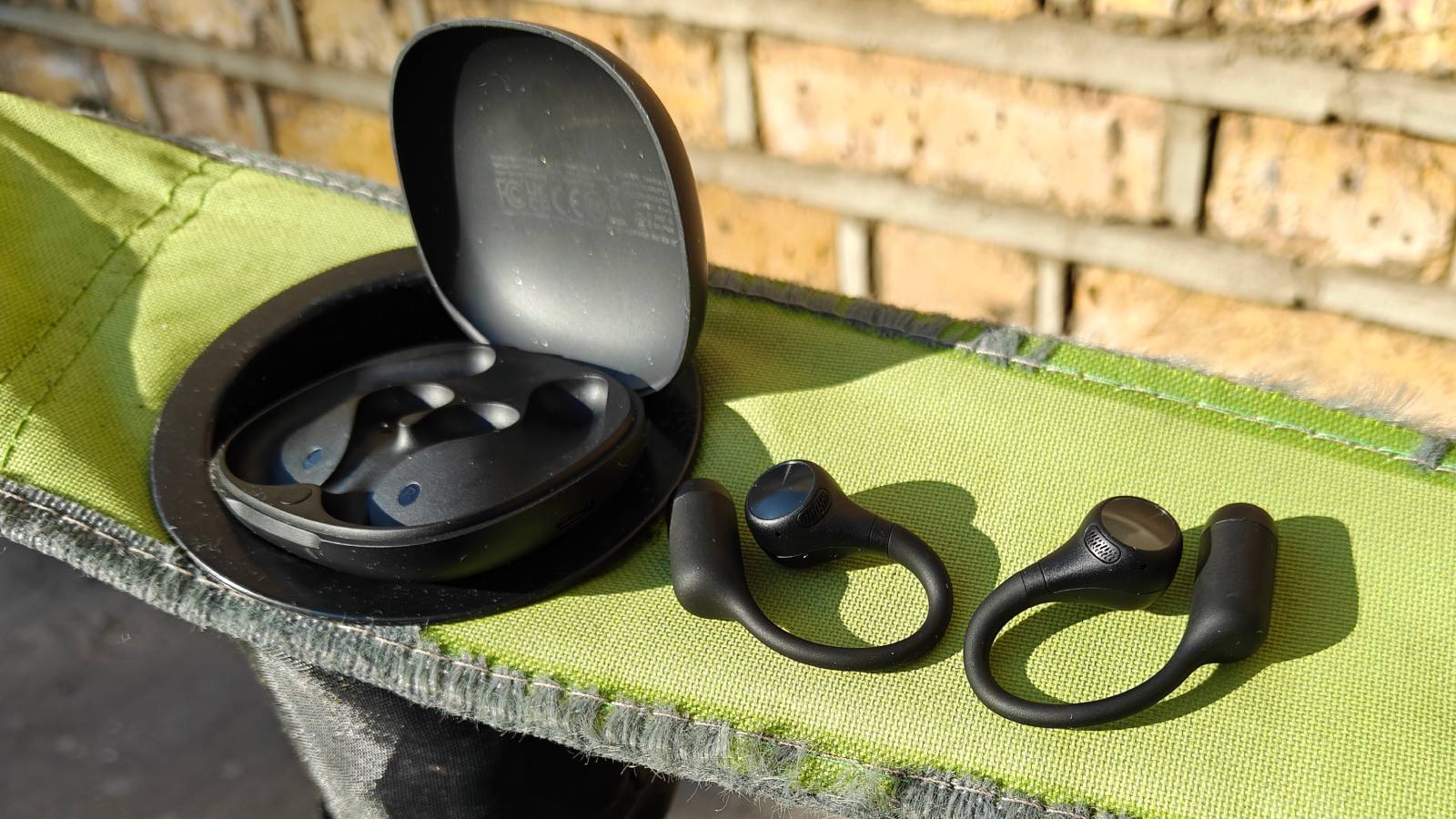Advancing Dual Range Frequency Sensory Systems in Technology

The field of sensory systems has made significant strides with the emergence of **Dual Range Frequency Sensory Systems** (DRFSS), which are enhancing both biological understanding and technological applications. These systems are capable of detecting stimuli across two frequency ranges, allowing for more nuanced responses to various sensory inputs. This article explores the principles behind DRFSS, their applications, and future directions.
Understanding Dual Range Frequency Sensory Systems
Dual Range Frequency Sensory Systems refer to mechanisms that can process inputs from two distinct frequency ranges. In biology, this means organisms can perceive different stimuli, such as sound waves, light frequencies, or tactile sensations. For instance, certain mammals have evolved to detect both low-frequency sounds, like those made by large animals such as **elephants**, and high-frequency sounds, like the calls of insects.
In technology, DRFSS can be implemented in devices that simultaneously sense a variety of inputs. Applications range from communication systems to environmental monitoring and robotics. For example, a **robot equipped with dual-range sensors** can navigate complex environments by detecting objects through different frequencies, enhancing its ability to interact with its surroundings.
Biological Perspectives of DRFSS
In nature, the dual-range sensory systems are essential for survival and adaptation. Various species have specialized receptors that enable them to process multiple types of sensory information.
In the auditory realm, many mammals have a wider hearing range than humans. **Bats** can detect ultrasonic frequencies, which they utilize for echolocation, while **elephants** can communicate using infrasound—low-frequency sounds that travel long distances.
Visually, some species can perceive ultraviolet light alongside the visible spectrum, allowing them to detect patterns that are invisible to the human eye. This ability is particularly advantageous in **pollination** and predator avoidance.
Tactile systems also demonstrate dual-range sensitivity. For example, **crustaceans** and insects can detect both fine textures and larger vibrational signals, enhancing their navigation and social interactions. These biological adaptations highlight the importance of DRFSS in improving an organism’s interaction with its environment.
Technological advancements continue to mirror these biological systems, leading to innovative applications in various fields.
Technological Applications of DRFSS
As scientists gain a deeper understanding of biological DRFSS, technology is evolving to emulate these systems. Several key applications include:
**Robotics and Machine Learning**: Dual-range sensors are vital in creating robots that mimic human-like sensory perception. By detecting objects through multiple frequencies, robots can navigate environments more effectively, enabling smoother interactions in real-time.
**Hearing Aids and Cochlear Implants**: Emerging technologies in hearing devices leverage DRFSS to accommodate a broader range of frequencies. This development is crucial for individuals with hearing impairments, allowing them to access the full spectrum of sounds and enhancing their listening experience.
**Environmental Monitoring**: Dual frequency range sensors are increasingly used to monitor various environmental conditions. They can detect seismic activity and monitor wildlife sounds, providing valuable data to scientists and conservationists.
**Telecommunications**: In data transmission, DRFSS improve signal processing, leading to better noise filtering and enhanced data integrity across various channels.
Future Directions and Challenges
The future of Dual Range Frequency Sensory Systems is promising, but it also presents challenges. Advances in materials science and nanotechnology are expected to enhance the sensitivity and efficiency of these systems. Researchers must also tackle issues related to energy consumption, miniaturization, and reliability in diverse environments.
Furthermore, ethical considerations surrounding the deployment of sensory systems, particularly in robotics and artificial intelligence, must guide development. It is crucial to ensure that these technologies augment human capabilities while protecting privacy and personal rights.
In conclusion, Dual Range Frequency Sensory Systems represent an exciting intersection of biology and technology. They provide insights into sensory modalities that allow both living organisms and machines to thrive in complex environments. As research progresses, it is likely that we will witness groundbreaking advancements that enhance our understanding and application of DRFSS. Whether improving communication for those with hearing impairments or developing advanced robotics for environmental monitoring, the implications of these systems are both vast and transformative.






